A new great game begins. Will Bangladesh be in it?
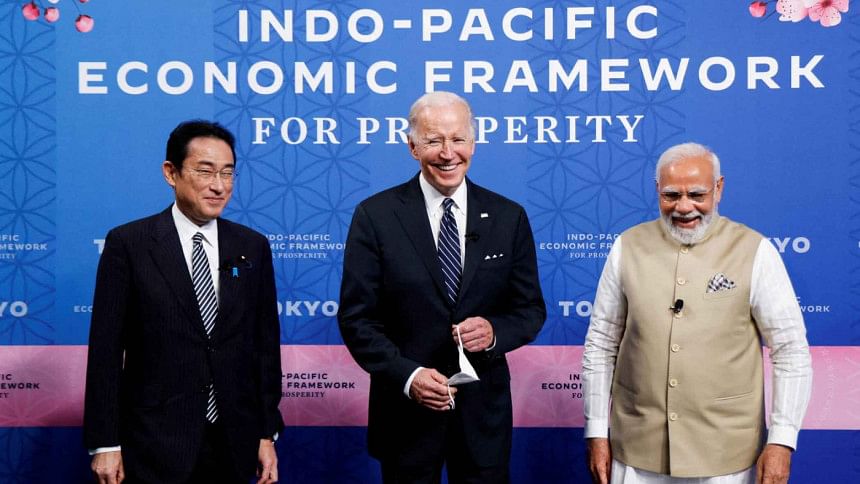
A hardly noticed but one of the most important parts of Indian External Affairs Minister S Jaishankar's speech at a conclave in Guwahati on May 28 was his efforts to weave the sea connectivity through Bangladesh and road link through Myanmar into the Indo-Pacific Economic Framework (IPEF), a US-led initiative agreed on by India, Australia, Japan and 10 other countries, mostly from Southeast Asia.
Detailing the road, rail and riverine transport connectivity between India and its neighbours in both bilateral and subregional templates, Jaishankar brought up a vision of more integrated South and Southeast Asian economies, saying this offered a "complete transformation of the regional economy." This, he said, would let the region shed its outlier tag and turn it into a hub of economic activities, with shorter supply lines in and out of the area via the expansion of the outlets to global access. Pointing to the confluence of India's Act East and Neighbourhood First policies, he cited the proposed land connectivity through Myanmar to Thailand and sea connectivity through Bangladesh to Southeast Asia as ways that would link South Asia to Vietnam and the Philippines. This, he argued, would "make a difference to the Indo-Pacific Economic Framework." Jaishankar was clearly trying to hard-sell the IPEF just four days after it was decided on. The Bangladesh foreign minister was among the dignitaries present at the event.
The IPEF stands on four pillars: 1) Trade; 2) Secure and resilient supply chains; 3) Green energy infrastructure; and 4) Standards of transparency through fair taxation and anti-corruption. As of now, the IPEF is not a trade agreement, but a platform. There is no talk about tariff cuts, but of common standards defining the four pillars of the IPEF, which accounts for half of the world's population and a sizable portion of the global GDP. It is too early to conclude if the IPEF is a prelude to Donald Trump's Trans-Pacific Trade agreement in a different cloak. But the IPEF has taken care to ensure that participants to the initiative would only begin consultations and not launch negotiations to start with. Trump's successor, Joe Biden, knows any whiff of tariff cuts is not only sensitive to the US internal constituency, but would also dissuade many countries from joining the IPEF.
US National Security Adviser Jake Sullivan touted the IPEF as a "new model" to promote economic partnership among the Indo-Pacific countries, but admitted the challenges that stand in the way. Barring the one relating to supply chain resilience, all the other three pillars of the IPEF have ingrained in them concerns for all the 13 countries that have agreed so far to be a part of it. For instance, there are bound to be concerns among a majority of the countries over the US insistence on environmental and labour standards on the manufacturing and trade fronts. Secondly, green energy could pose a challenge to the developing countries, if the targets of greenhouse gas (GHG) emission cuts are thrust on them without being assured of generous funds from the developed countries for building renewable energy sources.
The third thorny issue relating to the trade pillar could be the digital economy component of it, particularly the demand by India on the localisation of data storage by big multinational firms. The pillar of anti-corruption and transparency may also throw up problems for countries that are yet to sign up to global conventions on the subject.
Perhaps the biggest political issue that could crop up for many countries keen to sign on the IPEF is to assess how it provides an alternative to China's aggressive economic diplomacy worldwide with liberal finances. It must be remembered that many countries—including India, which agreed to join the IPEF process—have very robust trade ties with China. All the Asean-member countries are part of the China-led Regional Comprehensive Economic Partnership (RCEP) Agreement, which means a vital supply chain route already exists. So, how does the IPEF project itself as a more viable alternative, unless it comes up with something better both in terms of providing funds and technology?
At the Tokyo summit, QUAD committed USD 50 billion to building up infrastructure in the Indo-Pacific region and opposed China's illegal fishing in the seas of the region and militarisation of disputed territories—a declaration that has resonance not only in India, but also in a number of Southeast Asian countries which have boundary issues with China. The IPEF needs to do a lot more to chip away into China's economic dominance in the Indo-Pacific. The IPEF countries, and those aspiring to join it, have to weigh the benefits and risks, if any, of joining the arrangement.
Pallab Bhattacharya is a special correspondent for The Daily Star. He writes from New Delhi, India

 For all latest news, follow The Daily Star's Google News channel.
For all latest news, follow The Daily Star's Google News channel. 

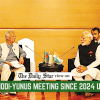
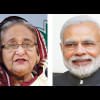
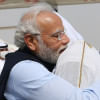

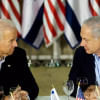


Comments